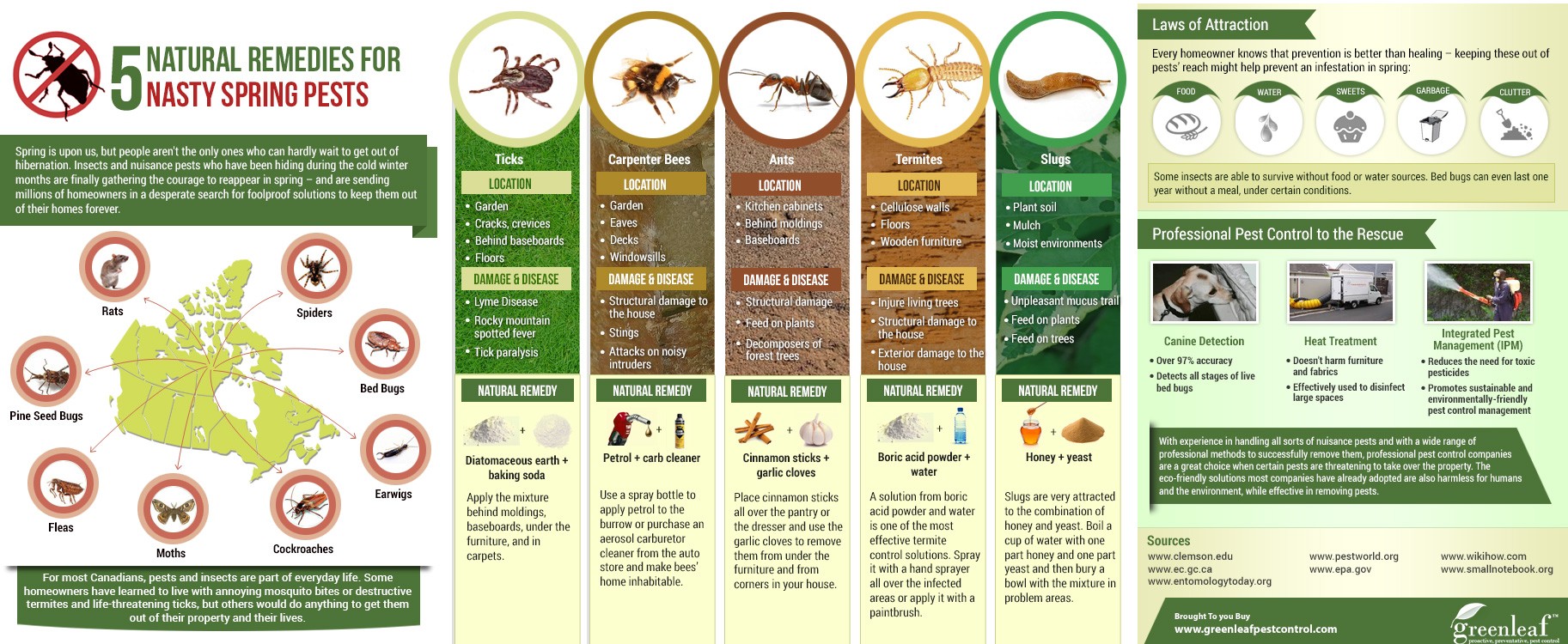Tips For Homeowners To Maintain Rodents Out Of Their Attics
Tips For Homeowners To Maintain Rodents Out Of Their Attics
Blog Article
Posted By-Austin Snedker
Envision your attic as a relaxing Airbnb for rats, with insulation as cosy as resort pillows and electrical wiring more tempting than space solution. Currently, think of o'connor pest control camarillo tossing a wild celebration in your home while you're away. As a house owner, ensuring your attic is rodent-proof is not practically assurance; it's about safeguarding your residential or commercial property and enjoyed ones. So, what basic steps can you require to guard your sanctuary from these furry burglars?
Evaluate for Entrance Points
To start rodent-proofing your attic, check for entrance factors. Start by carefully taking Suggested Browsing at the outside of your home, seeking any openings that rats might utilize to gain access to your attic. Look for voids around energy lines, vents, and pipes, in addition to any kind of splits or openings in the structure or home siding. Make sure to pay close attention to locations where various building materials satisfy, as these prevail entry points for rats.
Furthermore, evaluate the roofing system for any harmed or missing roof shingles, as well as any type of voids around the sides where rats could press with. Inside the attic room, search for indicators of existing rodent activity such as droppings, chewed cords, or nesting products. Utilize a flashlight to completely check dark corners and concealed rooms.
Seal Cracks and Gaps
Evaluate your attic room extensively for any splits and gaps that need to be sealed to prevent rats from going into. Rodents can squeeze through even the tiniest openings, so it's critical to secure any type of possible access factors. Inspect around pipes, vents, cords, and where the wall surfaces meet the roofing system. Utilize a mix of steel woollen and caulking to seal off these openings successfully. Steel wool is an excellent deterrent as rats can not eat with it. Guarantee that all gaps are snugly sealed to deny access to undesirable insects.
Don't neglect the value of securing spaces around doors and windows also. Use weather condition stripping or door sweeps to secure these locations successfully. Check the locations where utility lines go into the attic room and secure them off using an ideal sealant. By making the effort to seal all fractures and voids in your attic, you produce a barrier that rodents will locate hard to breach. Avoidance is type in rodent-proofing your attic room, so be complete in your efforts to seal any type of possible entry factors.
Get Rid Of Food Sources
Take positive measures to get rid of or store all potential food resources in your attic room to hinder rodents from infesting the room. Rats are attracted to food, so eliminating their food sources is essential in keeping them out of your attic.
Right here's what you can do:
1. ** Store food firmly **: Stay clear of leaving any type of food products in the attic room. Store all food in impermeable containers constructed from metal or durable plastic to avoid rats from accessing them.
2. ** Clean up particles **: Remove any type of heaps of particles, such as old papers, cardboard boxes, or wood scraps, that rats might use as nesting material or food resources. Keep the attic room clutter-free to make it much less appealing to rodents.
3. ** Dispose of trash appropriately **: If you use your attic room for storage and have trash or waste up there, see to it to throw away it routinely and effectively. Rotting garbage can bring in rats, so maintain the attic room clean and devoid of any type of organic waste.
Verdict
To conclude, remember that an ounce of prevention is worth an extra pound of remedy when it comes to rodent-proofing your attic.
By taking the time to examine for entry points, seal fractures and voids, and get rid of food resources, you can keep undesirable parasites away.
Bear in mind, 'An ounce of prevention deserves a pound of cure' - Benjamin Franklin.
Stay aggressive and shield your home from rodent infestations.
